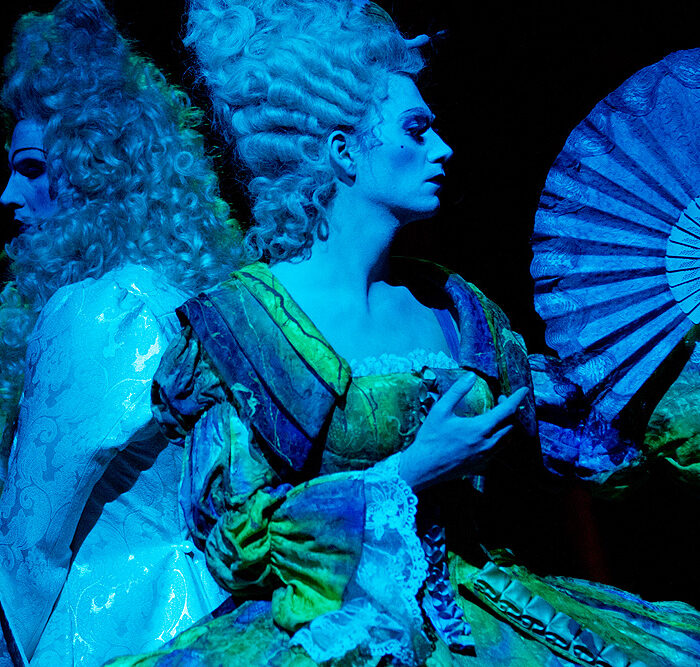Opera Profile: Berlioz’s ‘La Damnation de Faust’
By David SalazarThough not necessarily an opera in the traditional sense, Berlioz’s “La Damnation de Faust” is usually presented as such.
The work, which features solo voices, full chorus, and orchestra is more appropriately described as a hybrid between an opera and a cantata, the dramatic freeness of the work making it rather challenging to stage as an opera. Berlioz himself called the work, which premiered on Dec. 6, 1846, a “légende dramatique.”
It didn’t receive great criticism upon its premiere, the composer remarking that “Nothing in my career as an artist wounded me more deeply than this unexpected indifference.” But it has made its way into opera houses consistently.
Short Plot Summary
“La Damnation de Faust” is divided into four parts, the first of which showcases the scholar Faust contemplating why he will never achieve the simple happiness of peasants.
In the second part, Faust prepares for suicide but the sound of church bells stops him. Méphistophélès offers him the restoration of youth, greater knowledge and the fulfillment of all his wishes, an offer Faust cannot refuse. After an episode in a tavern, Faust is taken to a meadow where he is shown a vision of a beautiful woman. Méphistophélès takes him to her town.
In the third part, Faust and his evil companion hide out in Marguerite’s room. Méphistophélès serenades her and then Faust and the young damsel exchange vows of love. The devil interrupts them, claiming that the town knows that a man is in Marguerite’s room. Faust and Méphistophélès escape.
In part four Faust learns that Marguerite has killed her mother and is in prison. Méphistophélès promises to save Marguerite in exchange for Faust’s soul. He agrees.
But on their way to saving her, Faust realizes that he is being taken straight to hell. Marguerite gets saved and goes to heaven.
Watch and Listen
Jonas Kaufmann has been one of the major proponents of the opera in the early 21st century. Here is a recording of his interpretation featuring Jose Van Dam from La Monnaie.
Categories
Opera Wiki

